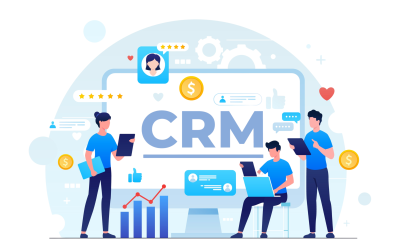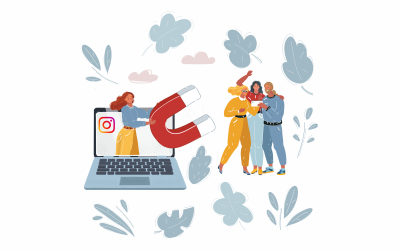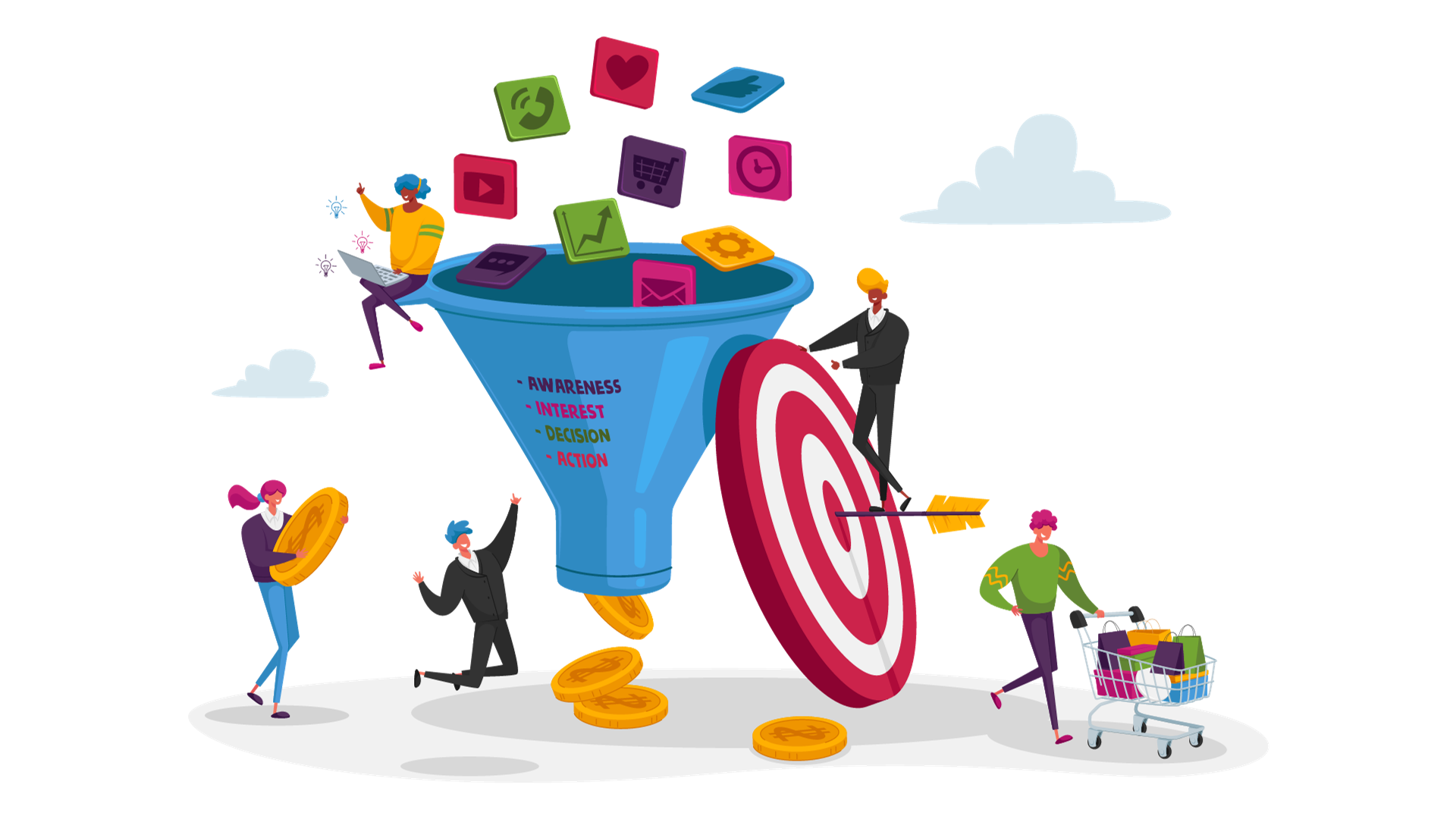We are all aware that personal connections serve as the cornerstone of the strongest partnerships. The same is true with marketing. A set of events along the customer journey is used in email marketing automation to send the consumer a personalized email on demand. Every email is carefully chosen for every interaction to naturally advance the consumer through the sales funnel.
Experts have found that automated emails provide a significant increase in income over non-automated emails. In contrast to a simple mass mailing with general content, an automated email campaign is a specialized technique in email marketing that is personalized to the consumer.
What is Email Automation?
Any message automatically sent from your email service provider (ESP) in direct reaction to a specific user’s actions taken (or not made) on your website or web app is known as automated email, also known as triggered email. You may use automated email to provide one-to-one communications to customers in real-time, enhancing their engagement, loyalty, and retention.
Additionally, emails may be automatically sent out in reaction to user behavior using email automation. For instance, when the user completes the transaction (trigger), an email confirmation of the payment is sent (action).
Use Cases of Email Automation:
Marketers may design automated email workflows for each email marketing campaign thanks to email automation. You may include tasks, events, and conditions in these automated workflows so that when a condition is satisfied and an action is finished, an email is sent.
The most popular email automation triggers used by marketers and salespeople are listed below:
- Greeting email
- Product view or page view
- Discarded cart
- Post-purchase
- Expiration of a subscription
- Upsell/Cross-sell
- Milestone accomplishment
You can design automated emails for your marketing, sales, or customer support procedures based on these triggers.
Major Reasons to Use Email Marketing:
The click rates on automated emails are also much higher. This is where email automation comes into play—you can complete everything promptly while saving your valuable time and energy.
1. Reconnect with lost consumers
You may have a list of clients who, for whatever reason, no longer use your services. You need to get in touch with them at this point since their needs may have changed recently. By including those on your email list and getting them back on board, you may encourage them to get involved with your company once more.
Reengagement may be quite successful if done correctly. Depending on what works best for you, you may compile a list of all the customers who haven’t interacted with you in perhaps two, three, or even six months. Then, you can create persuasive emails that encourage them to check out your new offers.
2. Deliver the appropriate information to the appropriate individuals
Every action a consumer takes may be turned into a process using email automation, which then sends emails in response to those triggers. For each trigger, these automated emails are uniquely customized.
For instance, you may automatically send a welcome email to a new client who has joined up as a trial user. The automation will then begin operating in response to the subscriber’s activities. This improves the emails’ relevance, which is crucial for keeping clients. After all, 55% of consumers prefer receiving emails with pertinent offers and items.
3. Increase team productivity
For your sales team’s productivity, this solution can be a game-changer if manual email sending is still the norm. Sending emails at the appropriate time is necessary for the sales team to stay in touch with the leads and ensure that no lead is missed. To better focus on completing business, your team may automate all of their sales emails.
4. Give each consumer a unique experience
You must be wondering how an email automation system can assist in creating a personalized email, and we get that. You may send emails that are highly personalized depending on the user’s activities and preferences by using email automation.
Additionally, you may modify the emails and distribute them to your audience segments. Today, creating highly personalized emails for your subscribers is necessary rather than simply personalizing emails with the recipient’s name.
5. Increase client retention
By using CRM email automation, you can nurture your current and former customers by sending them interesting emails about new products, limited-time deals, upcoming events, etc. You may maintain contact with your consumers and keep them as consumers for a long time by putting such a practice into place.
6. Increase your revenue
With the use of email marketing automation, you may design several programs. With the help of these marketing strategies, you may boost sales, win back lost clients, and spread the word, all of which will boost your bottom line.
You may design cart abandonment campaigns and send follow-up emails to encourage customers to complete their purchases. By sharing suggestions based on their search history and encouraging them to buy them, you can also cross-sell and upsell in addition to those goods.
When Should You Not Send Automated Emails?
You can personalize automated emails, but only to a certain extent. You must use segments when using automated email marketing to personalize your messaging. Even if being included in a section indicates that a person is not simply any other person, it does not make them an individual.
Email subscriber segmentation frequently works since it’s a good approach to provide them with personalized content. Automated emails don’t function in situations when you need to treat people individually, such as when you need to.
Take consumer complaints, for instance. Although the initial answer could be an automated email, the subsequent correspondence should be personal. When setting up your automated email marketing, you should keep this in mind. When is it advantageous to address a group of people, and when is it necessary to speak to each person individually? People are more likely to want personalized contact as they go farther along your customer journey.
Wrapping It Up:
In the modern world, email automation has become a crucial component of marketing. It drives sales from both current and future consumers and is incredibly successful at nurturing leads. Additionally, it spares you the headache of continuously writing and sending fresh emails.
Email-based campaigns simply pay off because, when done right, they let your business’ messages reach your customers’ inboxes, which is crucial in the era of ad-blocking and persistent banner blindness. Automated emails can be created to be sent in response to certain consumer activities and tailored to their interests to increase online and in-person sales through discounts and promotions.






